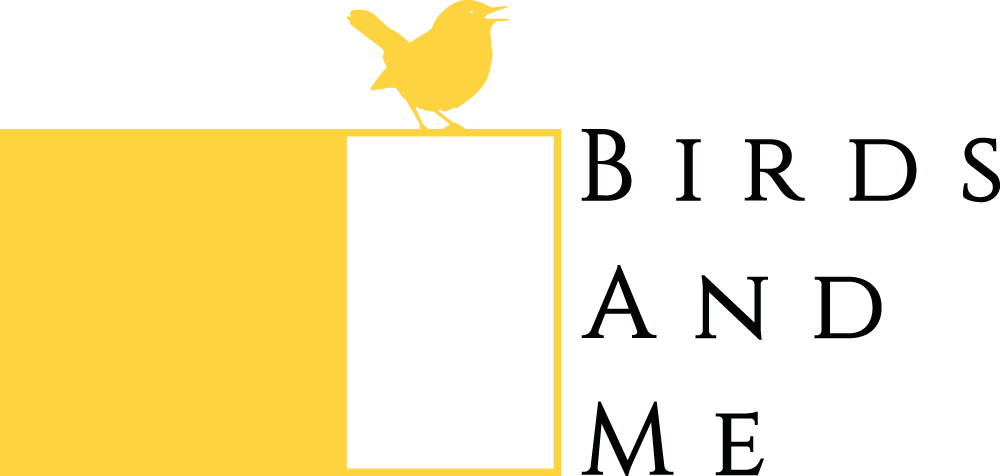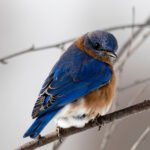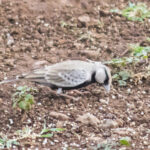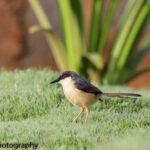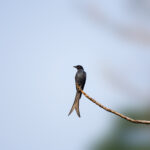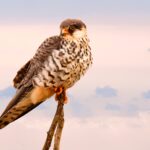HOUSE SPARROW
PASSER DOMESTICUS
BASIC
Size:
15-15 cm
6-6 Inch
Primary color: brown
Secondary color: black
(Bird may have more colors)
LOCAL NAMES:
Assamese: ঘৰচিৰিকা
Bengali: চড়ুই, পাতি চড়ুই
Bhojpuri: गौरइया
French: Moineau domestique
Gujarati: ઘર ચકલી
Hindi: चिड़िया, घरेलू गौरैया
Kannada: ಗುಬ್ಬಚ್ಚಿ
Malayalam: അങ്ങാടിക്കുരുവി
Marathi: चिमणा (नर), चिमणी (मादी)
Nepali: घर भँगेरा
Oriya: ଘରଚଟିଆ
Punjabi: ਘਰੇਲੂ ਚਿੜੀ
Identity:
When we think of sparrows, one name immediately comes to mind – the house sparrow. This charming little bird can sometimes be mistaken for its relatives in the genus Passer. Although many of these relatives are smaller and possess a neater or even “cuter” appearance, the house sparrow holds its own unique charm. The female house sparrow, in particular, can often go unnoticed as it closely resembles other females and bears a striking resemblance to the Spanish and Italian sparrows.
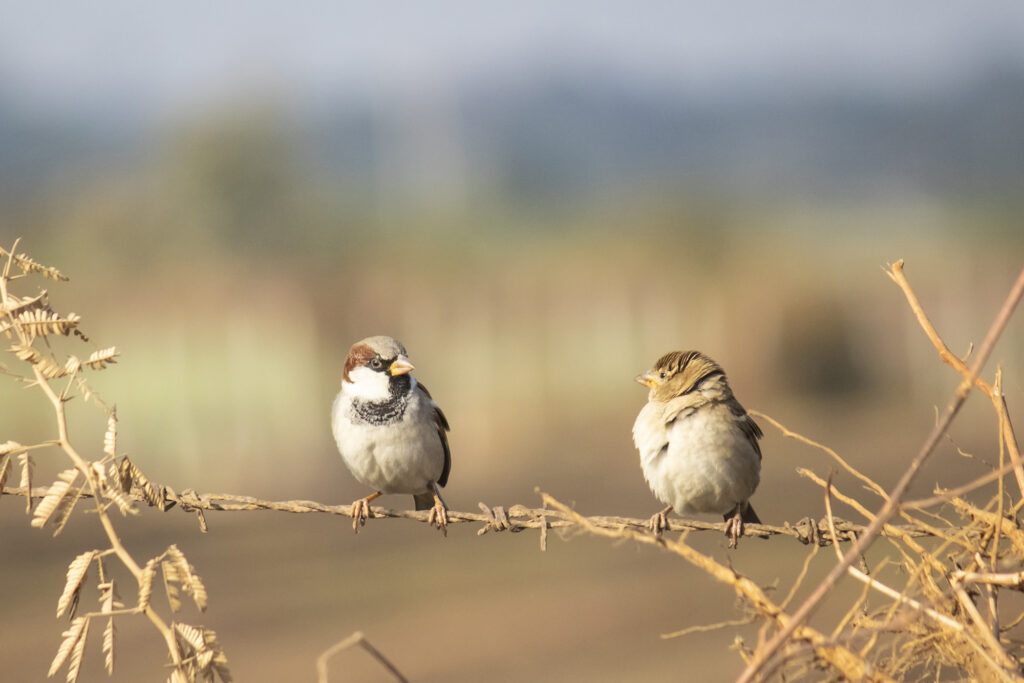
The house sparrow is characterized by its stocky build, featuring a robust black bill and delicate pinkish legs. The adult male house sparrow boasts dark chestnut upperparts adorned with striking black streaks on its back and scapulars. As it takes flight, a conspicuous white wing bar becomes evident on the upperwing, accompanied by brown flight feathers edged with darker brown. The tail, dark brown in color, beautifully contrasts with its greyish rump. The pale greyish underparts create a stunning contrast with its black chin and bib.
Turning our attention to the head, we notice a grey crown and nape, bordered with a reddish-chestnut shade that extends from the rear eye, through the ear-coverts, and finishes on the neck sides. The cheeks, on the other hand, adopt a lovely greyish-white hue. The eyes of this striking bird are dark brown, accented by black lores.
During the winter season, the male undergoes a transformation, displaying a duller bib and less reddish plumage. Even its bill takes on a paler appearance.
In contrast, the female house sparrow boasts a brown plumage streaked with elegant black patterns on its upperparts, while its underparts take on a more greyish tone. Unlike the male, the female lacks a black bib but sports a charming buffy-white eyebrow. The bill of the female is yellowish, and its crown is a lovely shade of brown. Juvenile house sparrows closely resemble their female counterparts.
Habit and Habitat:
The house sparrow is intimately linked with human habitation and cultivation. Although some have labeled it as an obligate commensal of humans, it’s important to note that birds from the migratory Central Asian subspecies typically breed away from human settlements in open country. In other regions, house sparrows can occasionally be found in locations that are removed from human presence.
Food:
As adults, house sparrows primarily sustain themselves on a diet of grains and weed seeds. However, they are opportunistic and adaptable eaters, willing to consume whatever food sources are readily available. In urban areas, these birds frequently scavenge for food in garbage containers and gather in the vicinity of restaurants and other eating establishments, where they feast on leftover food and crumbs.
Voice:
The call of the house sparrow is characterized by a monotonous chirrup, a sound that has become synonymous with urban environments around the world.
Info:
The house sparrow, scientifically known as Passer domesticus, belongs to the sparrow family Passeridae. It is a small bird, typically measuring around 16 cm (6.3 inches) in length and weighing between 24 and 39.5 grams (0.85 to 1.39 ounces). Female and young house sparrows feature pale brown and grey coloring, while males exhibit more vibrant black, white, and brown markings.
Among the approximately 25 species in the genus Passer, the house sparrow is native to a wide range of regions, including most of Europe, the Mediterranean Basin, and much of Asia. Interestingly, intentional or accidental introductions of this species to various parts of Australasia, Africa, and the Americas have contributed to its status as the most widely distributed wild bird in the world.
The house sparrow has a strong association with human habitation and can thrive in both urban and rural settings. Although it can adapt to a variety of habitats and climates, it tends to avoid extensive woodlands, grasslands, and deserts far from human development. In addition to its preference for grains and weed seeds, the house sparrow is an opportunistic eater, readily consuming insects and a diverse array of food sources. Despite its adaptability, the house sparrow faces threats from predators, including domestic cats, hawks, owls, and various other predatory birds and mammals.

The Ecological Significance of Sparrows
The Role of Sparrows in Ecosystems
Sparrows, including the house sparrow, play a crucial role in various ecosystems around the world. Their foraging habits, feeding on grains and weed seeds, contribute to seed dispersal, aiding in the growth of plants and the regeneration of natural habitats. In this section, we delve deeper into the ecological significance of sparrows and their impact on the environment.
Seed Dispersal
One of the key ecological roles of sparrows is their involvement in seed dispersal. As seed-eating birds, sparrows ingest seeds from various plants during their feeding activities. These seeds pass through the digestive tract of the birds and are later excreted, often in different locations from where they were initially consumed.
This process of seed dispersal enhances the distribution of plant species, helping to maintain biodiversity in ecosystems. Sparrows, including the house sparrow, unwittingly aid in the propagation of plants, which is crucial for the overall health of natural habitats.
Pest Control
In addition to their role in seed dispersal, sparrows also provide valuable pest control services to farmers and gardeners. Many species of sparrows, including the house sparrow, include insects in their diet. These insects may include harmful agricultural pests.
By preying on insects, sparrows help to keep pest populations in check, reducing the need for chemical pesticides. This natural form of pest control benefits both the environment and agricultural practices.
Conservation Efforts
Despite their adaptability and widespread distribution, sparrows, including the house sparrow, face challenges in the modern world. Habitat loss, pollution, and the presence of invasive species are among the factors that impact sparrows’ populations.
Conservation efforts are essential to protect these charming birds and ensure their continued presence in our ecosystems. These efforts may include:
Habitat Preservation
Preserving natural habitats and providing suitable nesting sites for sparrows are crucial steps in their conservation. Creating and maintaining green spaces in urban areas can also contribute to their survival.
Education and Awareness
Raising awareness about the importance of sparrows in ecosystems and the threats they face can garner support for conservation initiatives. Educational programs and community involvement can play a significant role in protecting sparrows and their habitats.
Reducing Pollution
Efforts to reduce pollution, particularly in urban environments where sparrows are commonly found, can benefit their health and well-being. This includes minimizing the use of pesticides and promoting clean and sustainable urban practices.
The Future of House Sparrows
As we continue to coexist with house sparrows and witness their adaptability and resilience, it is our responsibility to ensure their continued presence in our ecosystems. By understanding their ecological significance and the challenges they face, we can work together to protect and conserve these delightful birds for generations to come.
In conclusion, the house sparrow, with its distinctive characteristics and close association with human
Please Contribute Photos
